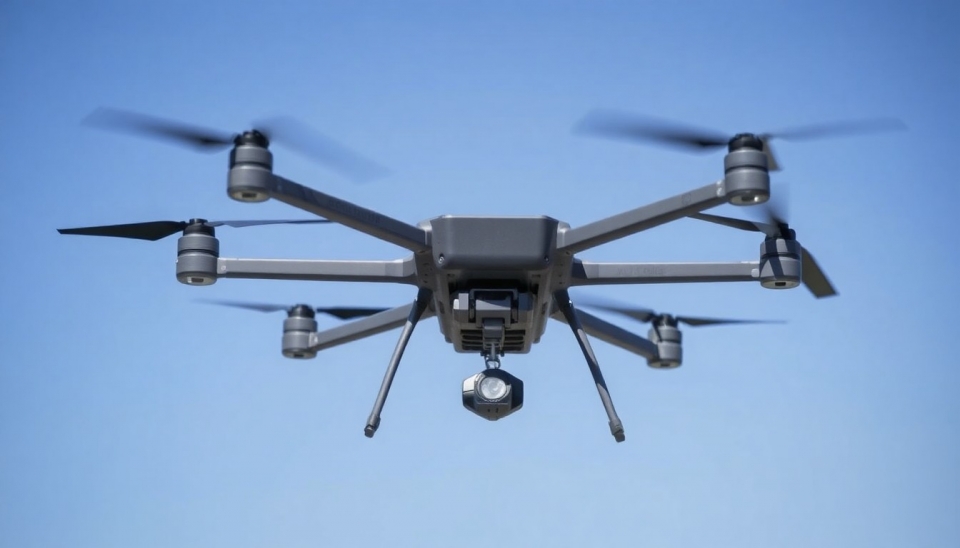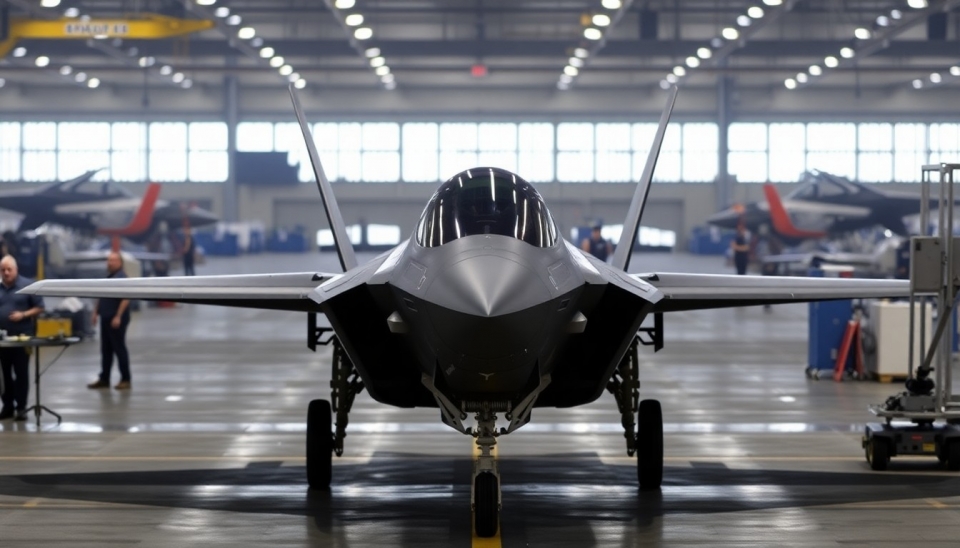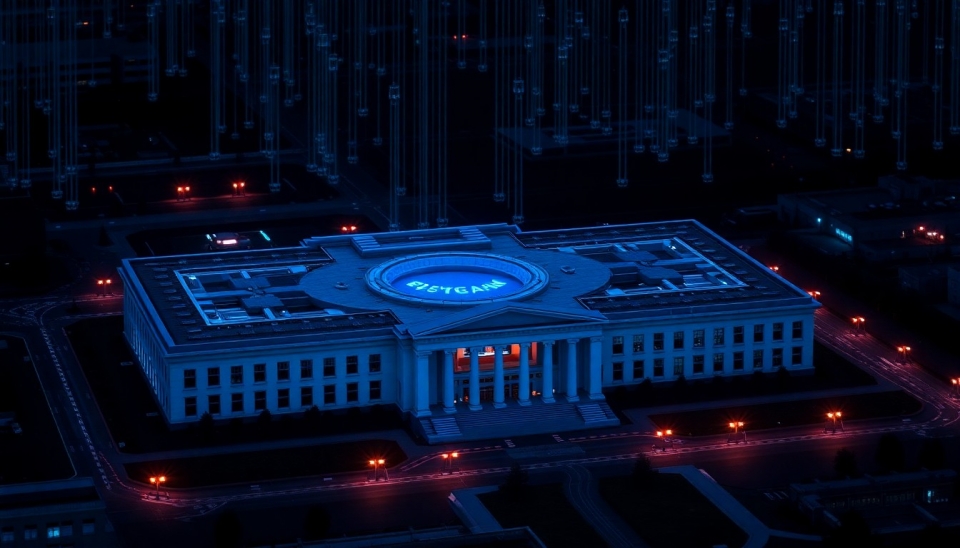
The Pentagon's drone initiative is proving to be robust and resilient, even as the political landscape shifts under the Trump administration. As the U.S. continues to grapple with advancements in military technology, especially in unmanned aerial vehicles (UAVs), the Department of Defense sees the value in maintaining and enhancing its drone capabilities.
This ongoing commitment to drone technology is not merely a continuation of past policies, but rather a strategic move aimed at adapting to evolving threats on the global stage. With increasing tensions in various regions, the need for efficient surveillance and combat intelligence has never been greater. The Pentagon's drone program seeks to leverage these technologies as a deterrent against potential adversaries while also supporting allied operations.
Analysts are closely monitoring the advancements in drone warfare, which not only include the development of more sophisticated models but also the expansion of their operational roles. These UAVs are being utilized for a wide array of missions, from reconnaissance missions to direct strikes against enemy targets, showcasing their versatility and effectiveness in modern warfare.
Furthermore, this initiative underscores the importance of maintaining technological superiority. As other nations ramp up their own drone programs, the Pentagon is keen on ensuring that its arsenal remains cutting-edge. This includes investments in artificial intelligence and data analytics to enhance the efficiency of drone operations, thus ensuring that U.S. forces can stay one step ahead on the battlefield.
The strategic implications of the drone initiative extend beyond mere military applications; they also reflect broader geopolitical considerations. The Pentagon is aiming to strengthen partnerships with allied nations through joint operations and sharing of drone technology, thereby creating a more unified front in the fight against common threats. This collaborative approach not only enhances operational effectiveness but also reinforces international alliances in a world marked by uncertainty and conflict.
In summary, despite the changes in leadership and policy directions that come with each administration, the Pentagon's drone initiative is set to remain a cornerstone of U.S. military strategy. Through investments in new technology and collaboration with allies, the initiative is geared to adapt and respond to an increasingly complex global landscape.
As the situation unfolds, stakeholders in defense and military technology will be watching closely to see how these developments will play out, particularly in terms of funding, operational strategies, and the implications for national security.
#Pentagon #Drones #MilitaryTechnology #UnmannedAerialVehicles #NationalSecurity #TrumpAdministration
Author: Emily Collins




